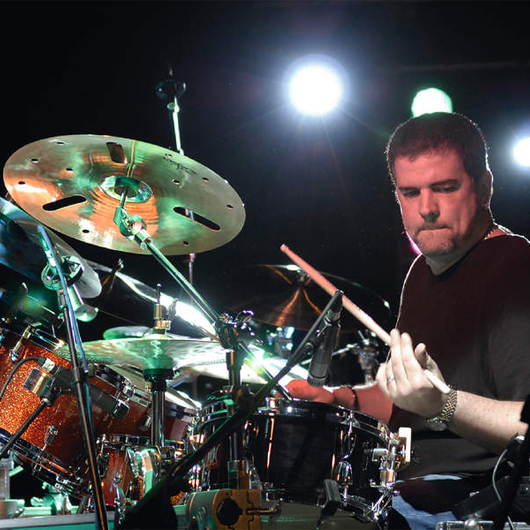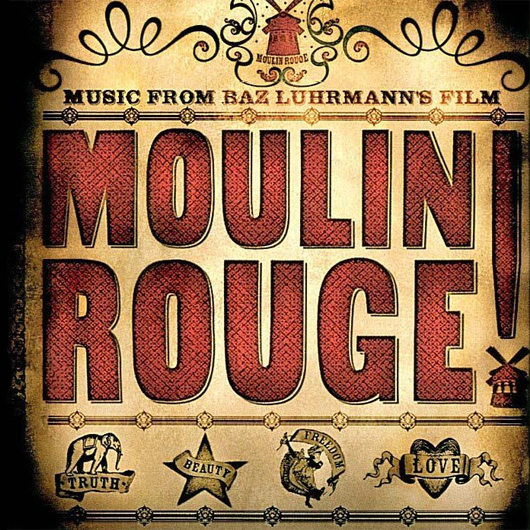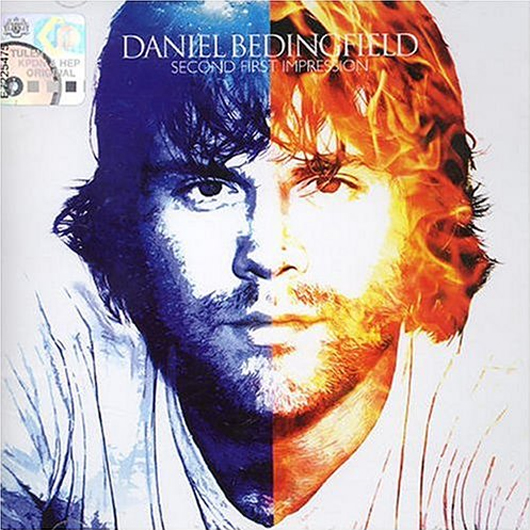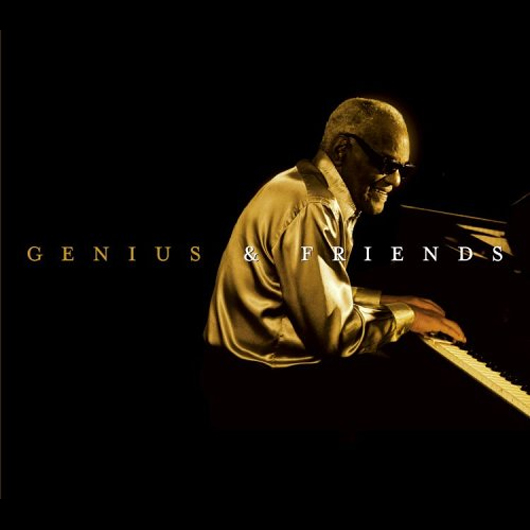6 career defining records of Russ Miller
Moulin Rouge drummer picks his finest

Russ Miller
For America’s top pop producers the answer is often simple. If the drum track’s weird, and it don’t sound good, who they gonna call? Russ Miller.
Here the Grammy Award-winning touring and session drummer remembers six of his finest long-play moments, telling Rhythm Magazine why they mattered so much along the way.
Next page: a young Canadian talent needs rescuing...

Whoa, Nelly! (2000)
Russ got the call from engineer Brad Haehnel to rescue a track by a young Canadian talent. It was called I’m Like a Bird and, after Miller’s input, the song, and Furtado’s career, took flight.
Russ Miller says:
“The producers had never used live drums, these were modern producers who programmed everything themselves. But they couldn’t get the tune to go anywhere with the program they had.”
“The trick with that tune is that notes-wise it’s very simple but conceptually it’s very difficult because they wanted the song to go from point A to point B, and get big, but they didn’t want the groove to change much. It was about dynamics and an understanding of the placement of notes in time.”
“What I did was played the verses on top and ahead: I used a little 10" snare drum, a tight, swingy feel, and the kick is the last partial of a sextuplet, so it’s not a 16th note. Then in the chorus I went to a big snare and I played way behind the click. The difference between them means it opens up really big.”

Moulin Rouge OST (2001)
Ewan McGregor and Nicole Kidman may have shocked everyone by proving they could actually sing, but behind the scenes of this soundtrack Mr Miller was quietly powering hits and inventing new percussion.
Russ Miller says:
“I did a lot of the compositions. One of them was a re-record of the Patti LaBelle song Lady Marmalade. We ended up doing a live drum track, but they also sampled parts, so it’s stuff like me playing the cowbell groove sampled on top of me playing the regular drum track!”
“They wanted a 12" snare drum, super dead sounding. At the beginning of the session they wanted a cross-stick in the verse, but it’s a 12" snare drum so I couldn’t get to the sweet part of the stick. I tried to mount the drum by the hi-hat but that didn’t work, so we ended up putting the 12" on a stand where the tom would be and another down for the cross-stick, with a wood hoop on it.”
“I was thinking, ‘I really want a piece of this wooden hoop that I can put on this 12" snare drum’ – and that’s how I came up with the initial Yamaha Groove Wedge design.”

Metamorphosis (2003)
The star of hit children’s TV series Lizzie McGuire and film Agent Cody Banks did what all beautiful, entrepreneurial young actresses must – record an album. Smart move. Metamorphosis sold a cool 3 million copies.
Russ Miller says:
“Kenny Aronoff and I do her albums. Again, it’s programmed drum parts that I turned in to live drum parts. The Hilary records are really a rock gig, and a lot of those tunes were done with only room mics, which is unusual.”
“I did a producer’s forum and Phil Ramone, Steve Gadd’s producer, was there. I asked him what had struck him about Steve, and he said that Steve had mixed himself 100 percent – he could literally put two mics up in the room, and wouldn’t have to worry about the mix. The mix was coming from the musician.”
“It’s something I talk about a lot in my The Drum Set Crash Course book and DVD, controlling the mix of your internal instruments.”

Second First Impression (2004)
Russ got a call from top producer Jack Puig to tackle a track that 19 other drummers had already tried - and failed - to ace…
Russ Miller says:
“Jack Puig said ‘I’ve got this track, I’ve had 19 drummers on it’. I’m like, ‘Who are they?’ He says, ‘Curt Bisquera, Abe Laboriel Jr, Vinnie Colaiuta...’ He reads these names and I’m like, ‘Well, what do you want me to do, man?!’”
“The song was called Show Me The Real You. It was a really good lesson at finding the pivot points in the tune. They dug where I decided to put those pivot points and I ended up doing the rest of the record. On that tune I used a 14"x9" copper metal snare drum, wide open, no muffling. I tuned it to the pitch of the song.”
“Another trick I did on that track was that I got the snare to last for one beat in time for the tempo, then you don’t really need a reverb on the snare drum because it fills the whole space up. That track was hi-hat, kick and ride, that’s it.”

Genius And Friends (2005)
Released after his death in 2004, these recordings by the soul legend consisted of duets recorded in his last few years with artists personally chosen by Charles. Miller was honoured to be involved.
Russ Miller says:
“One of the highlights of my career. In those sessions we did some new songs and some re-recordings of his songs for a Millennium collection. It was wild. I was playing Georgia On My Mind in the studio with Ray Charles! Wow. The new songs were one thing, but that was incredible.”
“I took the pieces and wrote out the key things that were important. For the new material, it was all about listening to him. He was like, ‘Watch my foot drummer!’ He was a tough cookie. I’m like, ‘But there’s a click! That’s a great story about your foot, but there’s still a click here, what am I supposed to do?’”
“Often an important part of what I do is recognising and understanding the artist’s vibe and concept of music.”

Arrival (2007)
What does an in-demand session drummer do in his time off? Gets together with his mates Steve Gadd, Steve Smith, JR Robinson et al to record a concept album about pulse in 19 movements, of course.
Russ Miller says:
“It took two years to write and it’s a discussion, musically, of pulse, and how pulse translates through different musicians and different styles. Nine of the movements are written for two drum sets; Steve Smith, Gadd, JR Robinson, Johnny Rabb, Zoro, we all did them together.”
“I’d been thinking about the concept for a while: what do we have to offer as musicians? It’s not the notes – the notes can be played by a machine perfectly in time and even programmed with pretty good dynamics. It’s the placement of those notes, the attitude, the interpretation, the sonic colours. It was a huge learning experience.”
“The Steve Smith duet involved multiple Indian rudiments, and the interplay is great. To be able to push each other, or for him to drag me along, that would be a better way to put it! That piece was very difficult to execute.”









